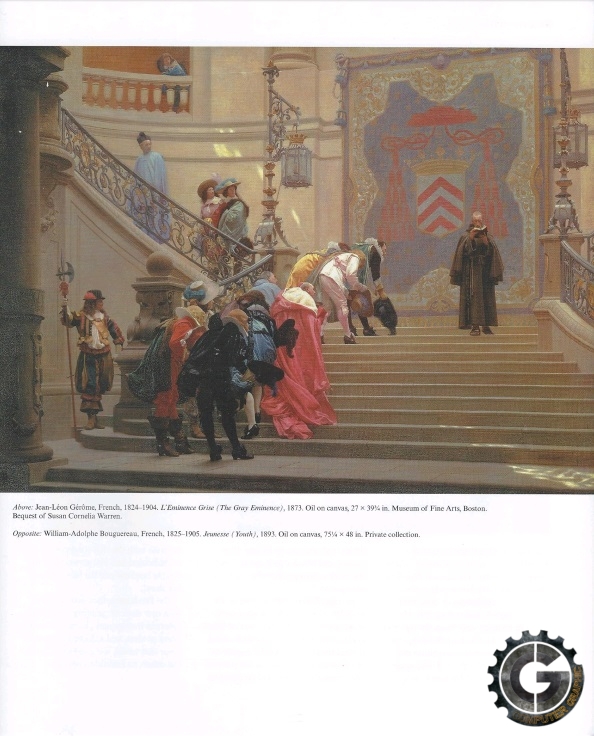

This is really the heart of why the book is so valuable. What’s more, James not only talks about the science behind different atmospheric situations, lighting and surface effects, pigment issues, etc, but for each entry, he also provides a array of explanatory photos and paintings. The goal is to concisely apply the information to situations a painter would legitimately need to deal with. Each entry is short, to the point, and very image focused. The third section is all about perception of different situations and atmospheric effects, and how those situations affect light and color. The second section is about color- how local color is affected by light, and how pigments act. The first is about different kinds of light and how it wraps around different kinds of objects. The book is set up in chapters, each with a variety of topical 2-page entries, but there are, as I see it, three broad sections. It helps make you aware of what you are actually seeing and how light and color work.

Even if you don't paint, or don't paint "realistically," much of it can guide your own real life observations. But I find it fascinating and thought provoking just the same, and I'm the sort of painter who wants to understand a concept before I apply it with conviction. Is it essential to know the science if you want to paint realistically? Nope. Gurney's book shows you things you might not otherwise have paid attention to, but it also lays out the science behind how we see and make sense of things. You don't even know you're making mistakes. You let your psychological preconceptions of color and light direct you. When you're a novice, you don't really know how to look.

Over the years, I've sometimes asked various teachers about certain effects of light and color in the natural world, but the response I've most often gotten is that we should simply "pay better attention and really look". Why do I come back to it? Because it’s a no nonsense treasure trove of situational, science-based information that applies to the kind of thinking and viewing and paint application an artist does. I picked this book up a number of years ago when I was painting murals, and it’s one of the very few instructional art books I’ve come back to and re-read (along with some other books I’ve reviewed, such as Zbukvic’s “ Atmosphere and Mood” or Karpinska’s “ Wet-On-Wet Watercolor Painting"). This week I’m reviewing James Gurney’s book “Color and Light- A Guide for the Realist Painter”- available on his website, as well as on Amazon.


 0 kommentar(er)
0 kommentar(er)
